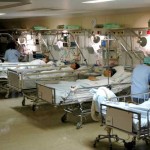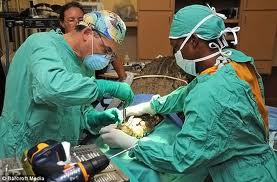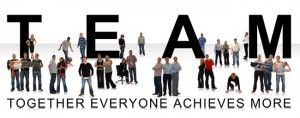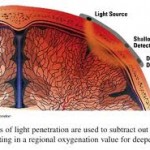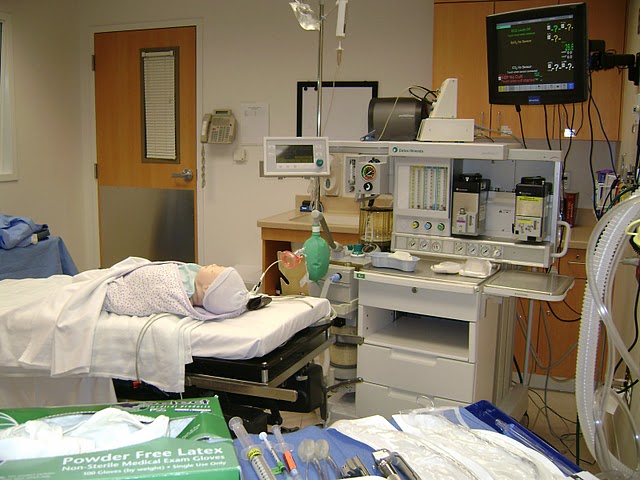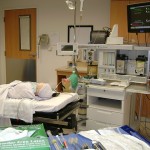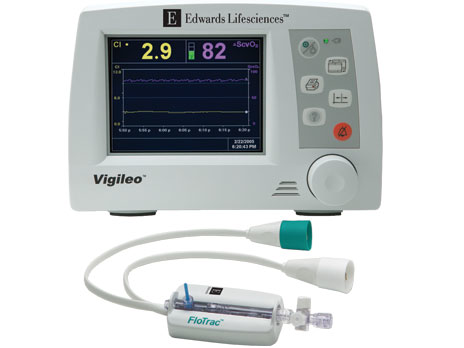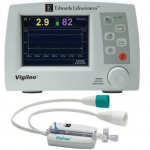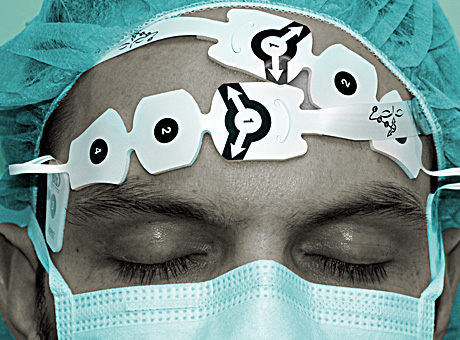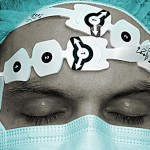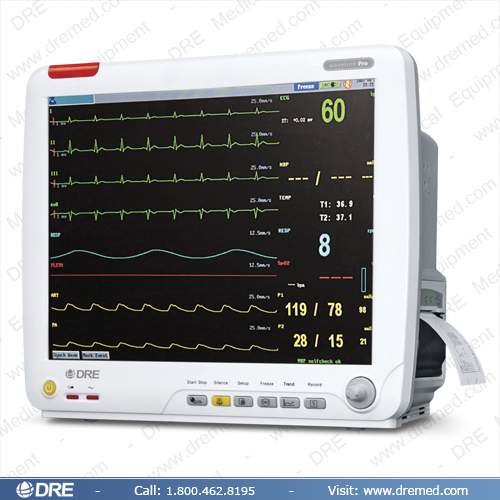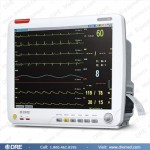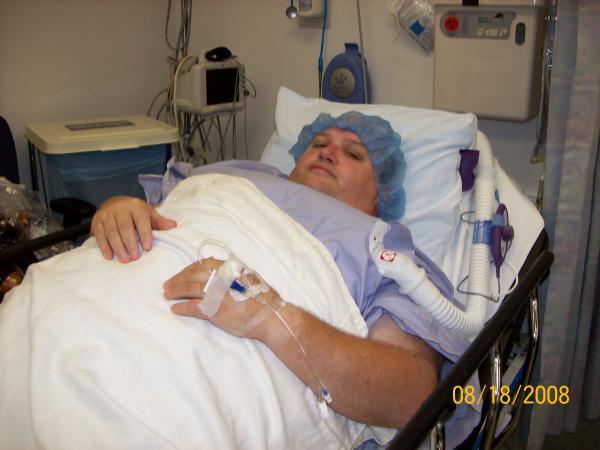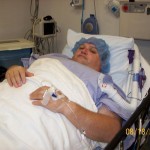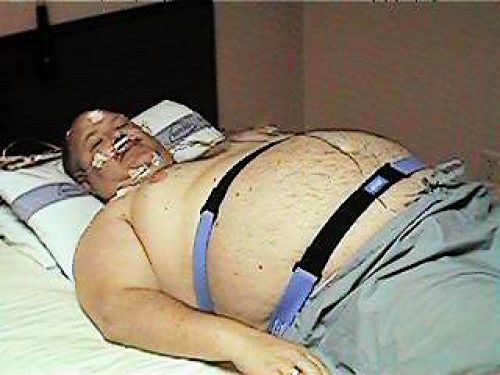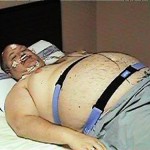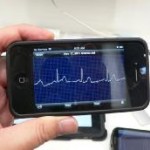Employee Wellness is No Joke

By Liz Sanner Davis. Liz is a Certified personal trainer and frequent author for procrna.com
It’s one of the biggest jokes in the lay community. Q. Where can you find the sickest people? A. In a hospital! You probably don’t think that’s funny because every day you look at people with broken arms or legs, or repeat patients who have brutally aggressive melanomas or who live with the consequences of diabetes. Their pain is not amusing. But the joke, the cynically funny part, is that the joke is really referring to the hospital employees, your physician or physician’s assistant, the chief surgeon or anesthetist, the head of HR or the department secretary, YOU. The overweight and out of shape hospital employee appears as a huge disappointment to patients who are sick and seek your help.
Two-hundred-plus years ago, extra body fat was considered to be a sign of wealth. Abbigail Adams, after all, was short and fat. In spite of her years of physical labor on the farm and having to endure significant revolutionary war shortages, Abby still “enjoyed” a majority of her years ingesting quantities of comfort food. She and others of wealth and repute often made huge contributions to society whilst making ample time, following the years of economic travails of the war, for sitting, eating and being served often, if not well.
Is that you? Are you, in spite of 40-50 hours per week on your feet, in spite of regular paychecks and good benefits, in spite of wellness issues smacking you with direct hits daily, are you fat and flabby with chronic pain that plagues you all the way to the peanut butter cups and chocolate bars in the break room? Well, then, the joke’s on you, ‘though the patient isn’t laughing.
Don’t get me wrong. Being laughed at is ok on occasion, but laughing with is a whole lot more fun, and being the laughingstock? Not fun at all. In a new society that likes to outsource responsibility for their health to the healthcare industry, what part of your health problem is theirs, and what part of the problem is yours to fix or to prevent?
One can follow the history of workplace wellness in a timeline that begins with centuries-old Asian cultures, where employers dictated the wellness rules to employees. Throughout central Europe taxpayers supported and still support mandatory month-long employee holidays, thermal baths included. In the 1800’s, westward across the pond the wealthy elite offered workplace exercise activities to other wealthy elite. George Pullman, of rail fame, was one of the first to provide for general employee onsite wellness. (http://www.marketwatch.com/story/companies-meddling-in-employee-health-since-1880-2013-04-11)
The1970’s until the present have brought gradual changes to wellness in America. We have tried to approach wellness the same way we approach politics – by keeping The Nutrition Party and the Exercise Party separate. But over the last 45+ years, we have learned that exercise coupled with nutrition equals wellness. Along the way during those 45 years, the cost of living, the cost of healthcare and, therefore, the cost of taxes has risen exponentially. Fewer people carry the large economic burden and as medical know-how improves and the need for healthcare increases, the health of over-worked, over-stressed and over-tired employees has created a greater need than ever for wellness in the workplace. Employers are stepping up.
- Broward, in Ft. Lauderdale, Fla, advertises, “We are a hospital-based fitness center with professionals certified by the American College of Sports Medicine and the National Strength and Conditioning Association. Our staff includes nutritionists and personal trainers who are educated in exercise physiology and nutrition, helping you create a healthier body, inside and out.”
- Employees at The Johns Hopkins, Baltimore, MD provide a wealth of options presented on a monthly calendar that guides employees to the right location whether to enjoy a walking program or a smoking cessation appointment. Incentives are offered to encourage participation and commitment, and who doesn’t love praise and free stuff?
- Grant Health and Fitness Center in Columbus, Ohio promotes “…health enhancement and disease prevention.” It is associated with a vast network of area hospitals and all locations have employee-friendly hours, a no-excuses kind of offer to help you maintain your status as an employee rather than as a patient.
- The Cooper Institute, Dallas, TX has associated itself with healthcare entities for decades and offers certification for employees to return to the workplace and develop wellness/fitness programs. The Cooper’s credible certification program attracts healthcare, corporate and government clients worldwide.
Providing employee wellness programs like these benefits the employer as well as the participant. Company insurance rates go down based on number of participants and proven results. Employee absenteeism is significantly reduced. People who work out together, work better together. They’re happier and, usually, just nicer to be around. And the quality of work provided by the healthy employee improves the entire company culture. Good health should reduce healthcare costs and reduced health care costs should lower our taxes!
But, be ready to pay if you want to play. Everyone wants something for free. If one thing has a fee and the other is free, we all know we will try very hard to make the freebie work, even if it really doesn’t. And if something costs nothing, the likelihood that we will follow through with the acquisition diminishes along with the return.
If wellness and fitness programs are not available at your place of work, get on it. the gym manager to your department chair. Head to Dallas to get certified at the Cooper Institute. After a rigorous week or two of classes and examinations, you could be qualified to blaze some trails to a clinic back home in Mississippi or Wyoming.
If wellness and fitness programs are available at your place of work, get to it. Join a program or help design a new one. Arrange to work with a qualified trainer. Get a work-out buddy and give and get the support that a partner provides, even and especially if you get to make a new friend doing it. For quality results, be certain to follow an integrated program that includes nutrition along with fitness. Be prepared and willing to pay the fee if it isn’t free.
So, what card will you be at work – the joke or the joker? Peanut butter and banana sandwiches may be how many of us got through college, but not through life. Take advantage of the whole-meal-deal offered by the employer at your place of work, and remember: The changes you make, the integrated health that you display to the patient, increases their trust and respect in the entire healthcare industry. Together, the patient’s trust and your good health will leave a permanent impression on history.
More:
http://www.corporatewellnessmagazine.com/worksite-wellness/the-evolution-of/http://www.bethesdaweb.com/employee-wellness-programshttp://www.beckershospitalreview.com/hospital-management-administration/18-most-popular-wellness-programs-for-hospital-employees.html
http://www.fiercehealthcare.com/story/what-hospitals-are-doing-employee-wellness/2012-03-15
http://www.amnhealthcare.com/the-roi-of-hospital-employee-wellness-programs/
http://www.cooperinstitute.org/pub/class_list.cfm?course_id=303









